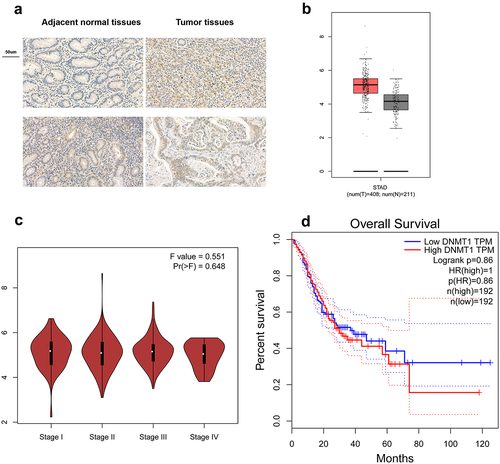Figures & data
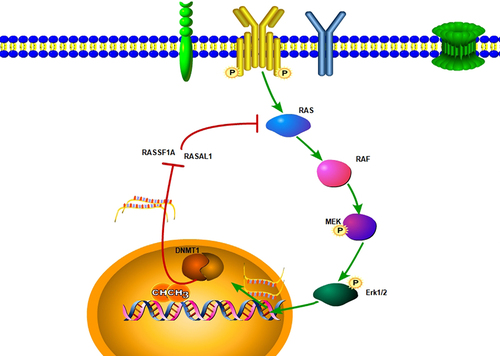
Figure 1. The DNMT1 expression level partially dictates 5-Azacytidine sensitivity in GC cells.
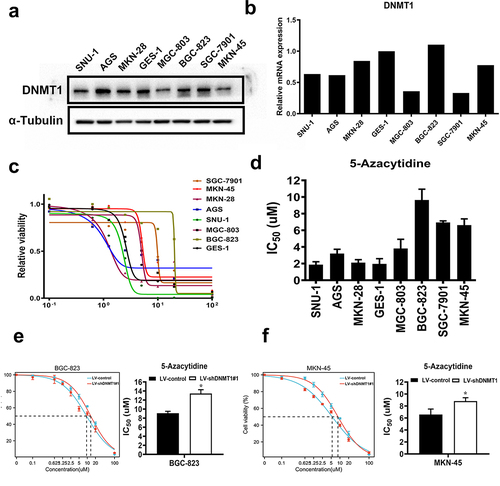
Figure 2. MEK/ERK inhibition led to decreased DNMT1 expression in GC cells.
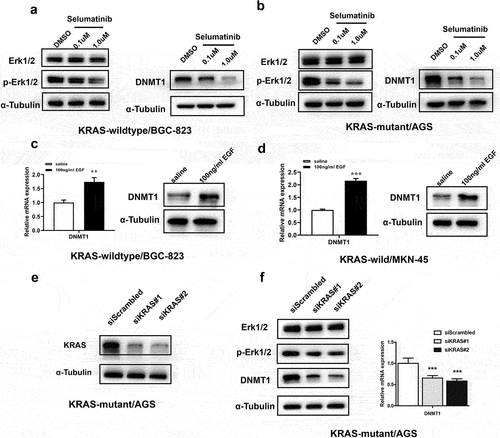
Figure 3. 5-Azacytidine treatment led to significant decline of DNMT1 and DNMT3A protein levels in GC cells.
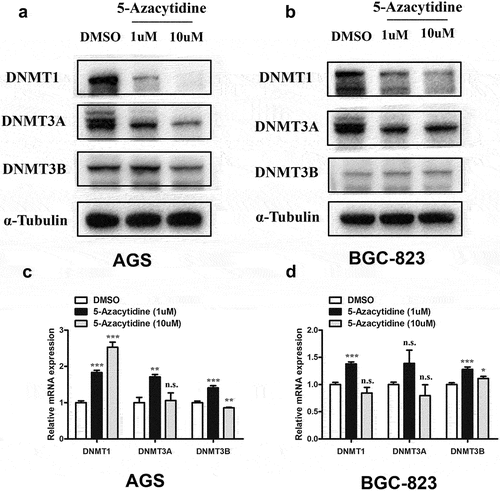
Figure 4. 5-Azacytidine pre-treatment led to increased activity of the MEK/ERK pathway in GC cells.
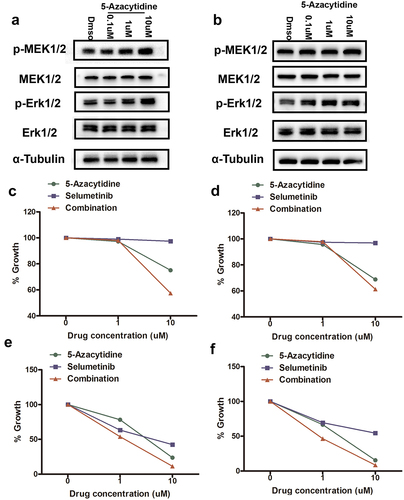
Table 1. Combinational index (CI) value for sequential treatment with 5-Azacytidine and Selumetinib in AGS and BGC-823 cells. CI value: <1 synergistic; = 1 Additive; and > 1 Antagonistic.
Figure 5. DNMT1 expression was correlated with RAS/MEK/ERK activity in GC.
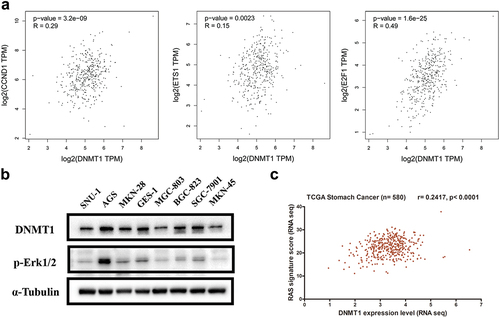
Figure 6. DNMT1 was up-regulated in GC tumour tissues compared with adjacent normal tissues.
